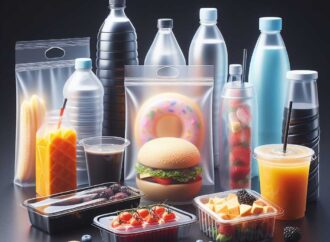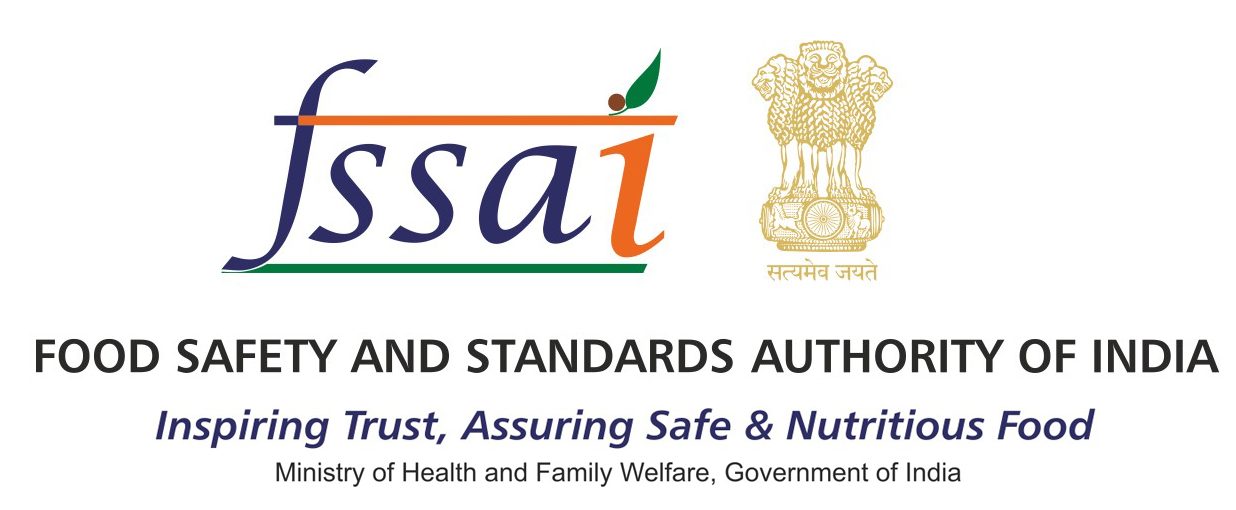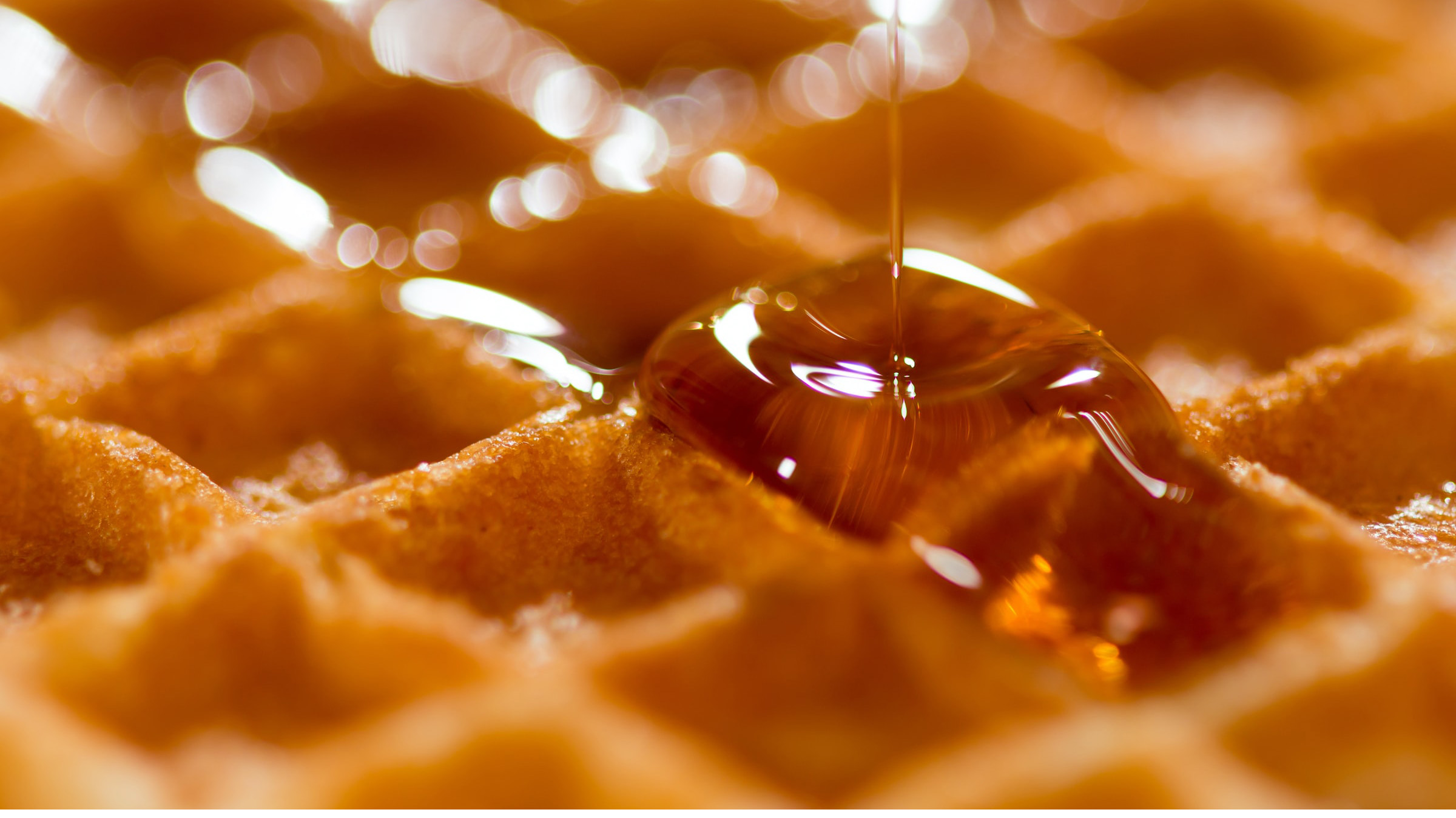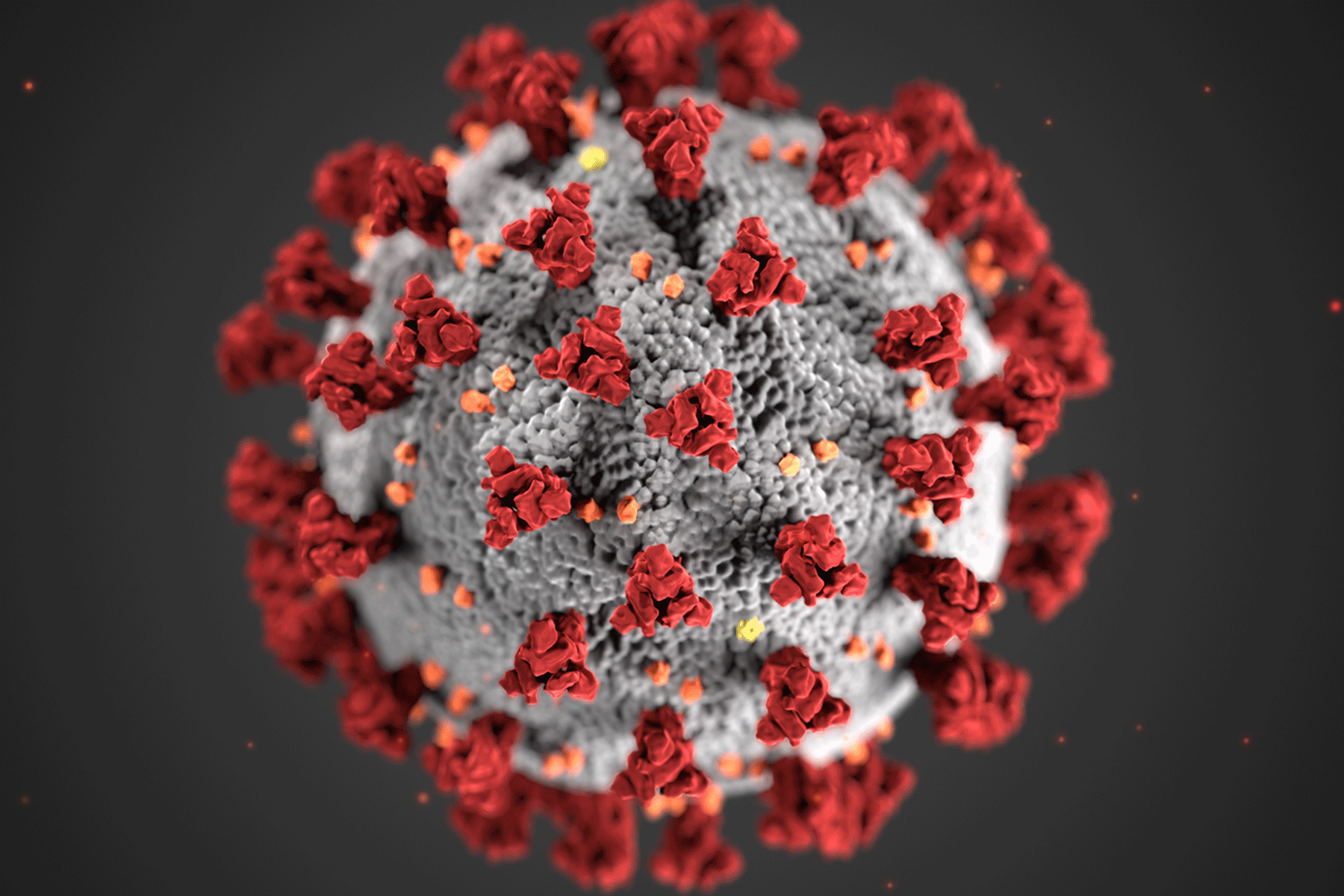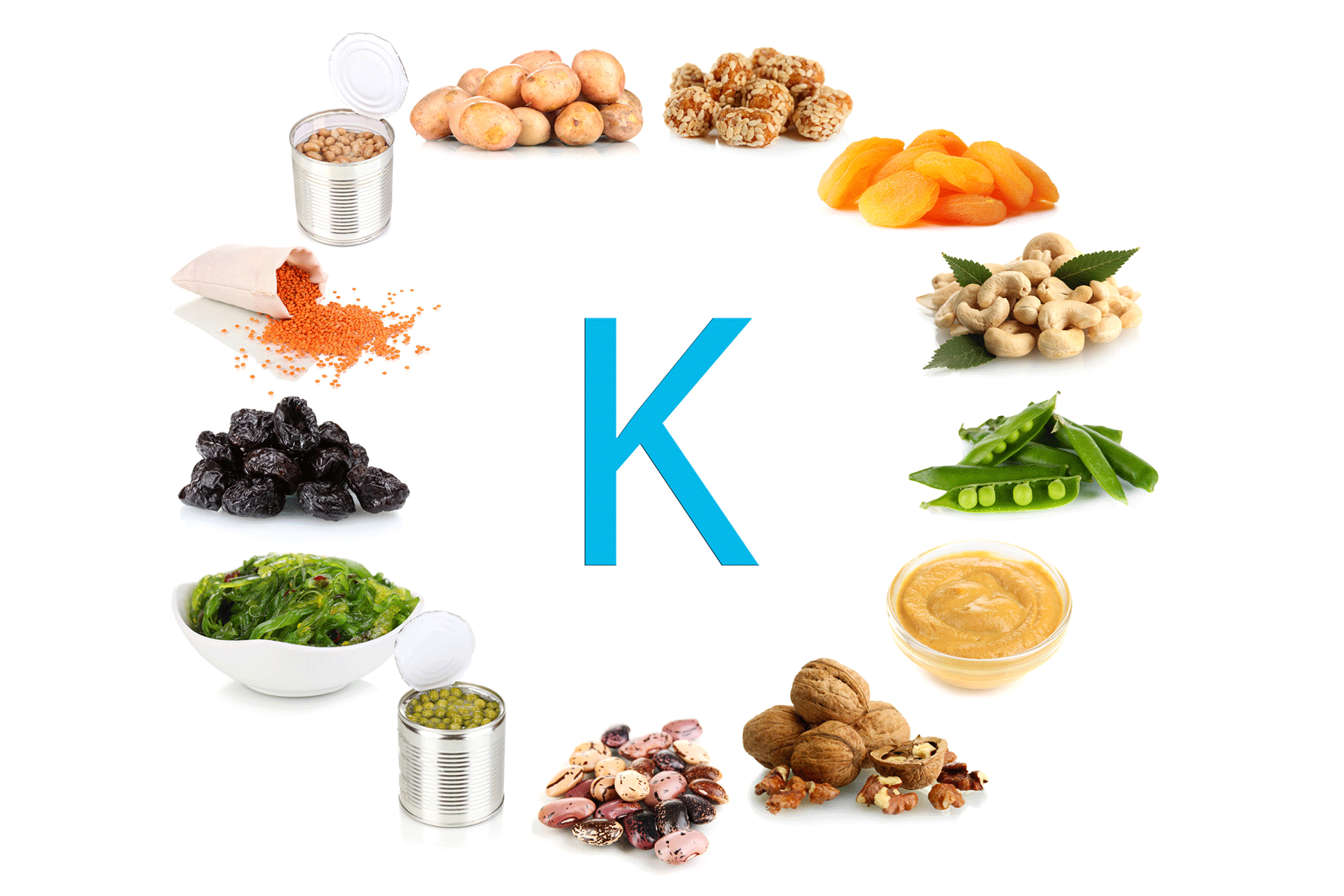Overview
Leftover boiled or cooked eggs are common in many kitchens. But can you reheat them safely without making them rubbery? Yes — if done correctly. According to the FDA, reheated eggs must reach 165°F (74°C) to destroy bacteria like Salmonella. A 2023 PMC study found the risk of illness from properly cooked and stored eggs to be extremely low when reheated safely. The main concern is texture, not safety. Overheating can make eggs dry or rubbery. Gentle, even heat keeps them both safe and tasty.
Storage matters
Refrigerate cooked eggs within 2 hours of preparation. Leaving them out longer allows harmful bacteria like E. coli and Salmonella to multiply — especially between 40°F and 140°F (4°C–60°C).
Safe Reheating Methods
- Boiled eggs: Don’t microwave whole. Place peeled eggs in hot water for 8–10 minutes.
- Scrambled or omelettes: Microwave in 20–30 second bursts, stirring in between. Add a spoonful of milk or water to prevent dryness.
- Baked Egg Dishes: Reheat in the oven at 175°C (350°F) until the center reaches 165°F (74°C). Cover with foil to keep moisture and prevent drying.
- Fried eggs: Warm gently in a skillet on low heat.
Food Safety Tips
- Store eggs in airtight containers.
- Reheat only once.
- Cover while reheating to retain moisture.
- Eat immediately after reheating.
Handled right, reheated eggs can stay delicious — and safe.
Source: Times Entertainment
 Food Manifest
Food Manifest 




